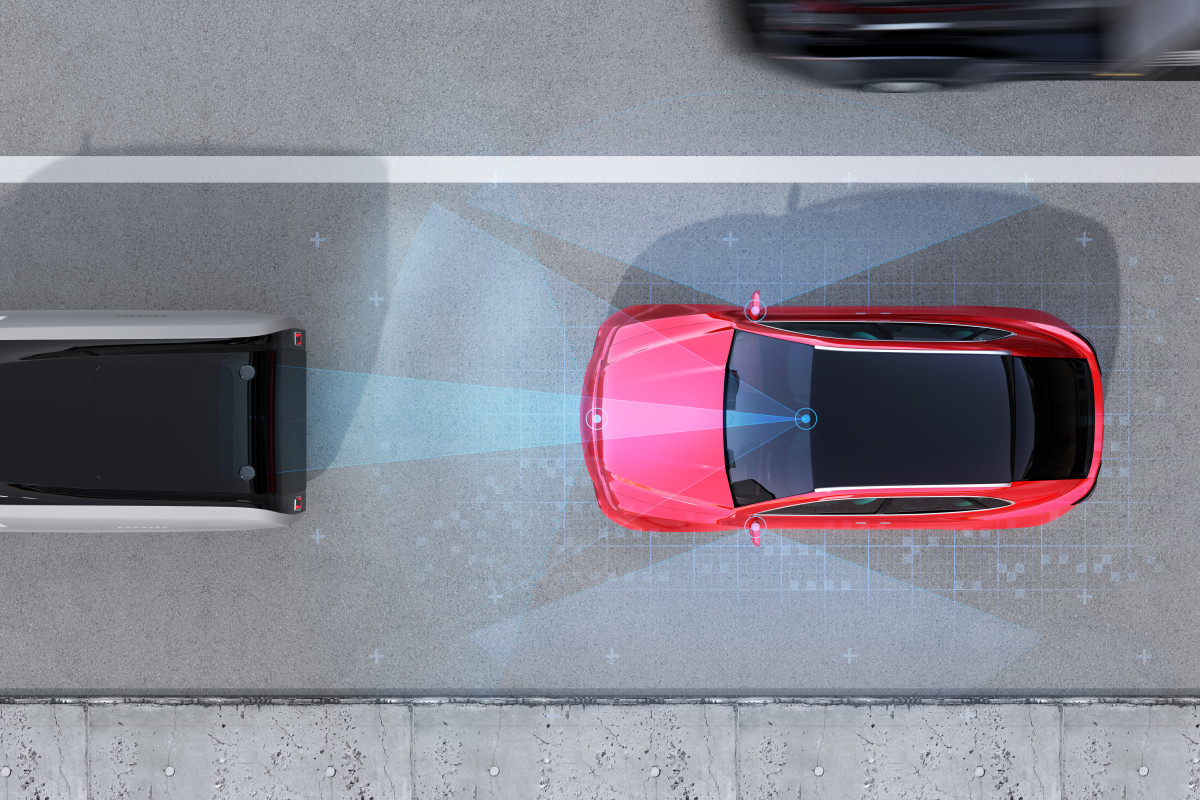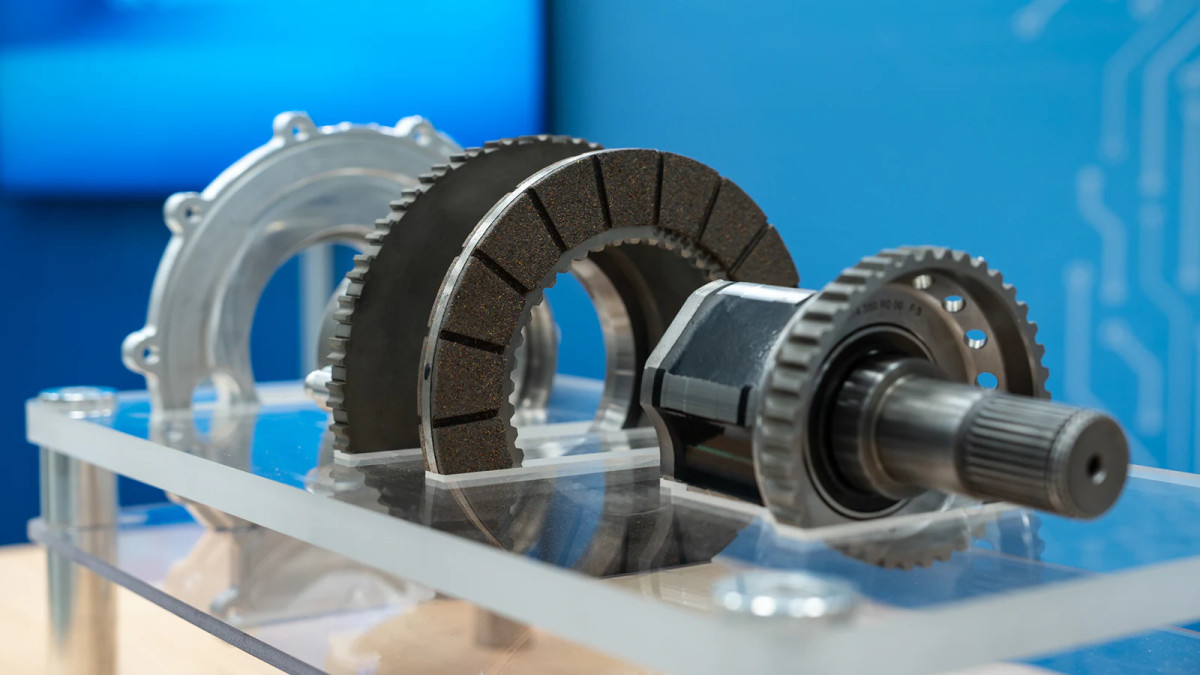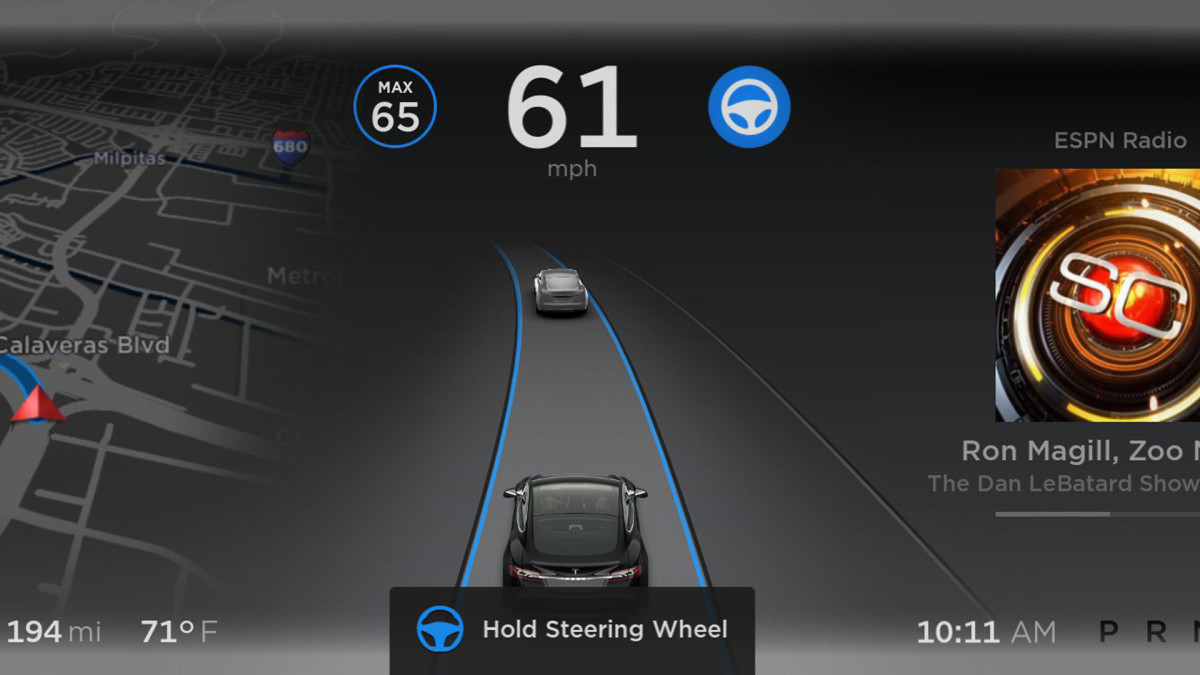The Alliance of Automotive Innovation, a lobbying group representing several major automotive manufacturers, including Ford, GM, and Toyota, sued the Department of Transportation to repeal a 2024 automatic emergency braking (AEB) ruling. The same group previously petitioned the NHTSA to “reconsider” the rule.
Calling the rule “flawed,” the lobbying group asserts a standing “voluntary agreement” amongst automakers is the better path forward.
Related: Drivers owe more than ever before on their trade-ins

What is this Biden-era rule, anyway?
Under the rule, all vehicles traveling up to 45 miles per hour must apply brakes automatically when a pedestrian is detected. When traveling up to 62 mph, vehicles must ‘stop and avoid contact’ with other vehicles. At speeds of up to 90 mph, brakes must engage automatically ‘when a collision with a lead vehicle is imminent.’
Furthermore, vehicles must be able to detect pedestrians in daylight and at night. The rule mandates that all vehicles implement these automatic braking standards by 2029.
Related: The Acura RSX follows the Mustang Mach-E and becomes an EV SUV

Mercedes
Why there’s pushback about this ruling
The Alliance of Automotive Innovation says, “This litigation by Alliance for Automotive Innovation should not be interpreted as opposition to AEB, a lack of confidence in the technology, or an objection to AEB’s widest possible deployment across the U.S. vehicle fleet. Rather, this litigation is about ensuring a rule that maximizes driver and pedestrian safety and is technologically feasible.”
The implementation of AEB lies at the heart of this debate. In 2016, 20 automakers signed a voluntary agreement to make AEB a standard feature on all new vehicles by 2025. While the lobbying group considers this agreement sufficient, lawmakers argue otherwise.
In response to the lawsuit, the NHTSA writes, “NHTSA is empowered under the Safety Act to issue safety standards that ‘impel automobile manufacturers to develop and apply new technology to the task
of improving the safety design of automobiles as readily as possible.’” The NHTSA acknowledges the Biden-era rule is “technology-forcing,” but views the standards imposed by the ruling to be “practicable.”
Tesla
Final thoughts
The NHTSA and a handful of lawmakers say the ruling will prevent injuries and deaths and express frustration at the pushback it has received. The Alliance of Automotive Innovation wants lawmakers to trust that automakers will do the right thing, so it resists governmental imposition of technology.
This isn’t a disagreement about safety — it’s about governmental oversight. Automakers argue that if the ruling focused on something simpler, like better materials for brake pads, there would likely be no pushback.
The agreement automakers signed in 2016 was in response to a 2015 challenge from the NHTSA, which wanted AEB as a standard feature. Now that the government is asking automakers to increase the safety and security of AEB, they’re pushing back.
Related: Tesla reveals giant price hikes in Canada